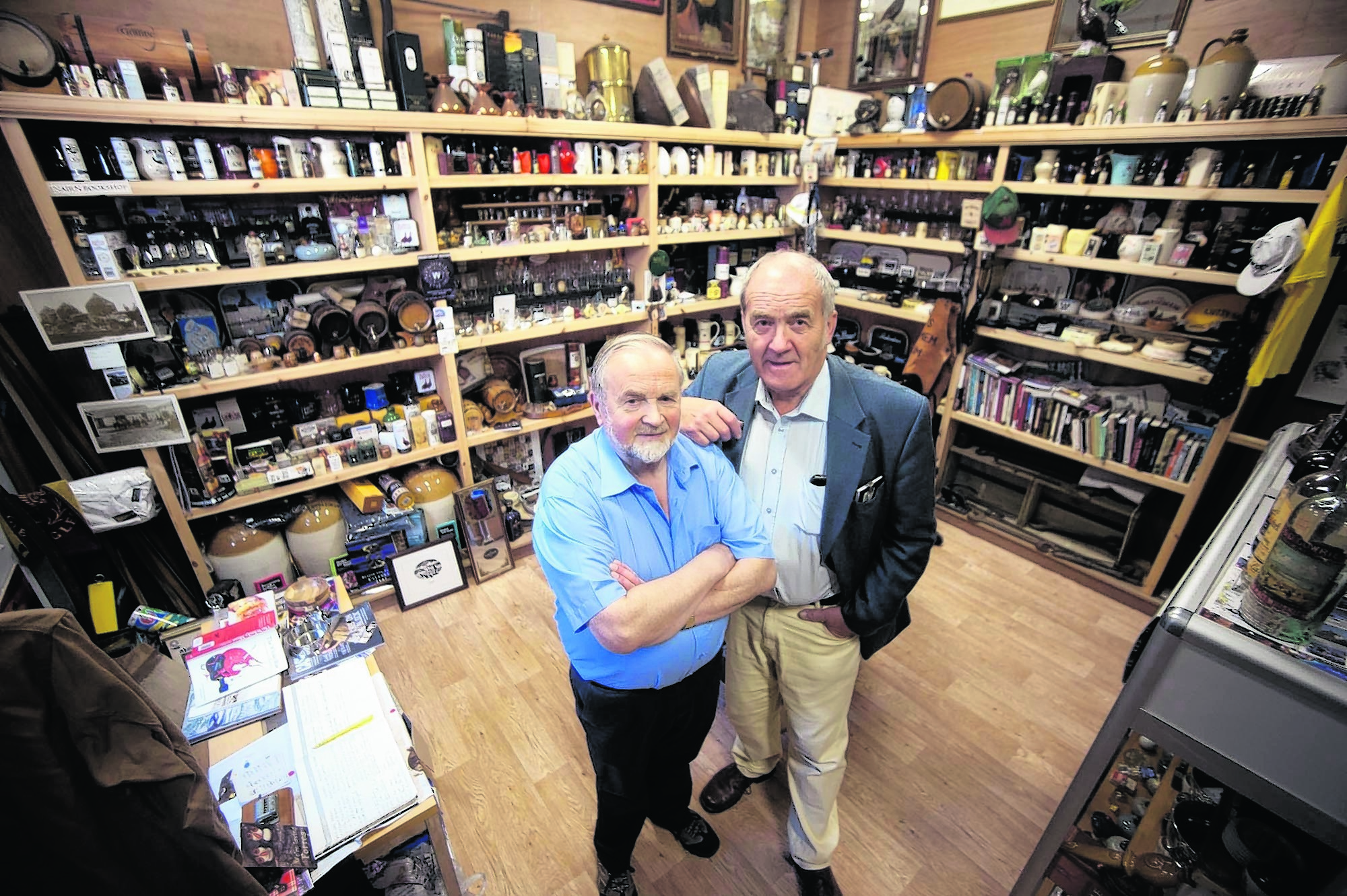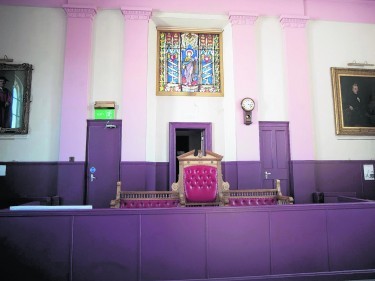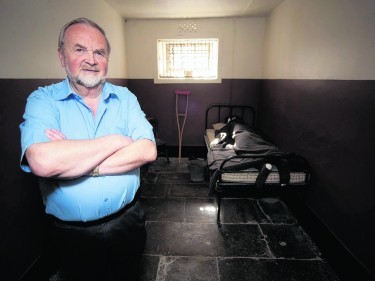Don’t miss the opportunity to see round the landmark building which dominates Forres High Street – and learn more about its fascinating history, writes Susan Welsh
Take a stroll or drive along Forres High Street and you can’t fail to notice a spectacular tall building – the Tolbooth. If it wasn’t for the actions of a group of volunteers, this iconic Scottish building could be just another boarded-up and neglected property.
But thanks to the dedication of the members of Forres Heritage Trust, it could become one of Moray’s top tourist attractions. Next week, there’s a chance to go through the heavy front doors, delve into the past and also meet some of the volunteers who are working extremely hard to ensure the landmark building will be with us for future generations to enjoy.
The original royal charter and ancient records relating to Forres are lost, thanks to the decision of Alexander Stewart, aka The Wolf of Badenoch, to sack and burn the town in 1390. But there are records showing reference to the Tolbooth in 1586: the present building dates from 1734.
Over the years, the A-listed building with clock tower housed a courtroom, the town’s police station and prison cells; it even had a teeny courtyard which the prisoners used as an exercise yard.
On hand to give me a guided tour and insight into the history of the building and the work of the Forres Heritage Trust during my visit there were volunteers George Alexander, a Forres councillor, and Franny Duncan, a retired engineer and garage owner.
George said: “The building was declared surplus to requirements by the local authority in 2010, and had been used as a store and a bit of a dumping ground. The building was in a pretty poor state when we got it. Without receiving any funding, the volunteers have done a fantastic job of repairing and restoring the building.”
For the last few years, members of the group, which receives no funding or financial support, have pooled their resources and skills and tackled everything from plastering and rewiring to installing new toilets. United in friendship and an interest in local history, the group are determined to make the Tolbooth into a leading tourist attraction.
“Until we took over the building, hardly anybody had ever seen inside the Tolbooth before,” said George.
“From Wednesday, September 2, until Saturday, September 5, the Tolbooth will be open to visitors, who can not only see round the building but see a superb photographic exhibition which will focus on two Forresians who lived just a few doors apart and went on to become very famous.
“Sir Alexander Grant, the founder of McVitie’s Biscuits, who gave the town Grant Park and a bowling green, and David Alexander Smith, who went on to become Lord Strathcona, who was a great philanthropist and co-founder of the Canadian Pacific Railway.”
The exhibition will also feature hundreds of fascinating photographs, many of them unseen previously, which document everyday life in Forres and surrounding area.
Visitors can also see the historic courtroom where, according to George, most of those in the dock were appearing on minor charges such as being drunk and disorderly or poaching. Dominated by a beautiful stained-glass window of St Laurence, it features several imposing paintings. A visit to the atmospheric six cells which held the miscreants is also a must.
The Tolbooth is also home to a remarkable Whisky Museum which, even if you’re not a fan of a dram, is worth seeing purely for the sheer scale of it. From floor to ceiling it’s packed with a huge range of whisky memorabilia, all of which belong to John Mackintosh, curator of the Forres Heritage Trust Whisky Museum.
Entry to the Tolbooth is by donation, so be generous as all monies are put to good use. The venue is open every Friday and Saturday from 2-4pm, but opening hours are being extended between September 2-5 to allow more visitors to see all it has to offer, plus the photographic exhibition.
Contact: Forres Heritage Trust on 01309 676149 or visit www.forresheritage.org


